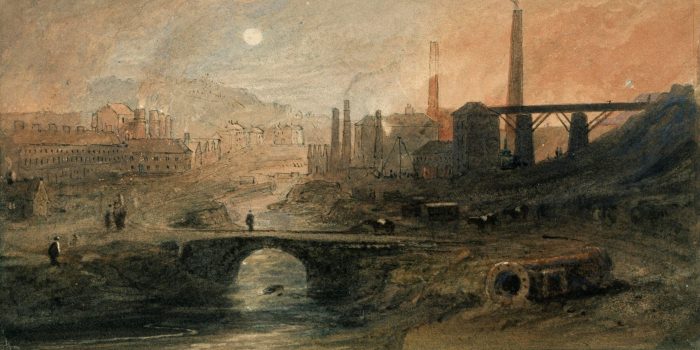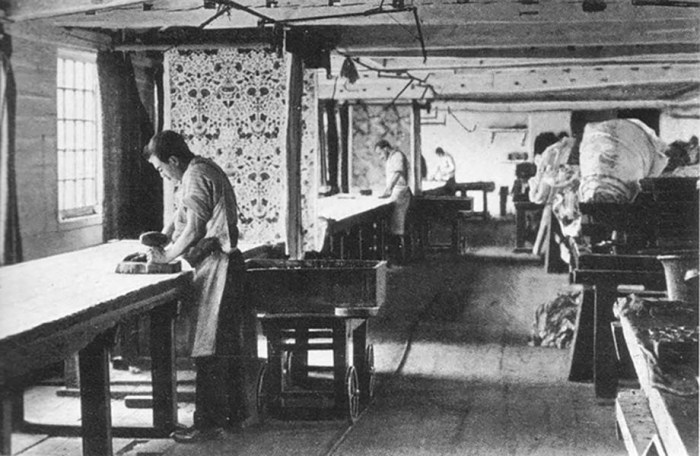Compare and contrast the populist and progressive movements, two distinct yet influential forces that have shaped American politics and society. This exploration delves into their historical origins, economic policies, political strategies, and lasting impacts, providing a comprehensive understanding of their similarities and differences.
The populist movement, rooted in rural discontent, emphasized direct democracy and economic protectionism. In contrast, the progressive movement, emerging from urban centers, advocated for social reform and government intervention to address economic inequality and social injustice.
Overview

The populist and progressive movements emerged in the late 19th and early 20th centuries in the United States as responses to the rapid industrialization and urbanization of the country. Both movements shared a commitment to social and economic reform, but they differed in their specific goals and ideologies.
Populists believed that the economic system was rigged against the common man, and they advocated for policies that would redistribute wealth and power to farmers and laborers. Progressives, on the other hand, believed that the government should play a more active role in regulating the economy and protecting the rights of workers and consumers.
Economic Policies
The populist movement’s economic policies were based on the belief that the government should intervene in the economy to protect the interests of farmers and laborers. Populists supported policies such as the graduated income tax, the direct election of senators, and the regulation of railroads and other industries.
The progressive movement’s economic policies were more moderate than those of the populists. Progressives supported policies such as the graduated income tax, the establishment of a federal reserve system, and the regulation of child labor.
Political Strategies: Compare And Contrast The Populist And Progressive Movements

The populist movement used a variety of political strategies to achieve its goals. Populists formed their own political party, the People’s Party, and they ran candidates for office at all levels of government. Populists also used direct action tactics, such as boycotts and strikes, to pressure politicians to support their demands.
The progressive movement used a more conventional approach to politics. Progressives worked within the existing political system to achieve their goals. They formed alliances with other reform-minded groups, and they lobbied politicians to support their legislation.
Social and Cultural Impact
The populist and progressive movements had a significant impact on American society and culture. Populists helped to raise awareness of the problems faced by farmers and laborers, and they played a role in the passage of legislation that protected their interests.
Progressives played a major role in the development of the modern welfare state, and they helped to establish many of the social and economic policies that are still in place today.
Legacies and Lasting Impacts

The populist and progressive movements have had a lasting impact on American politics, society, and culture. Populism remains a powerful force in American politics, and it has been embraced by both left-wing and right-wing politicians. Progressivism has also had a lasting impact on American society, and many of the policies that were championed by progressives are still in place today.
Question Bank
What were the key differences between the populist and progressive movements?
Populists prioritized rural interests and economic protectionism, while progressives focused on urban reform and social justice.
How did the populist and progressive movements impact American society?
Populists challenged the power of corporations and advocated for direct democracy, while progressives expanded government’s role in regulating the economy and providing social welfare.
What are the lasting legacies of the populist and progressive movements?
Populist rhetoric and ideas continue to influence political discourse, while progressive policies have shaped American social and economic policies.